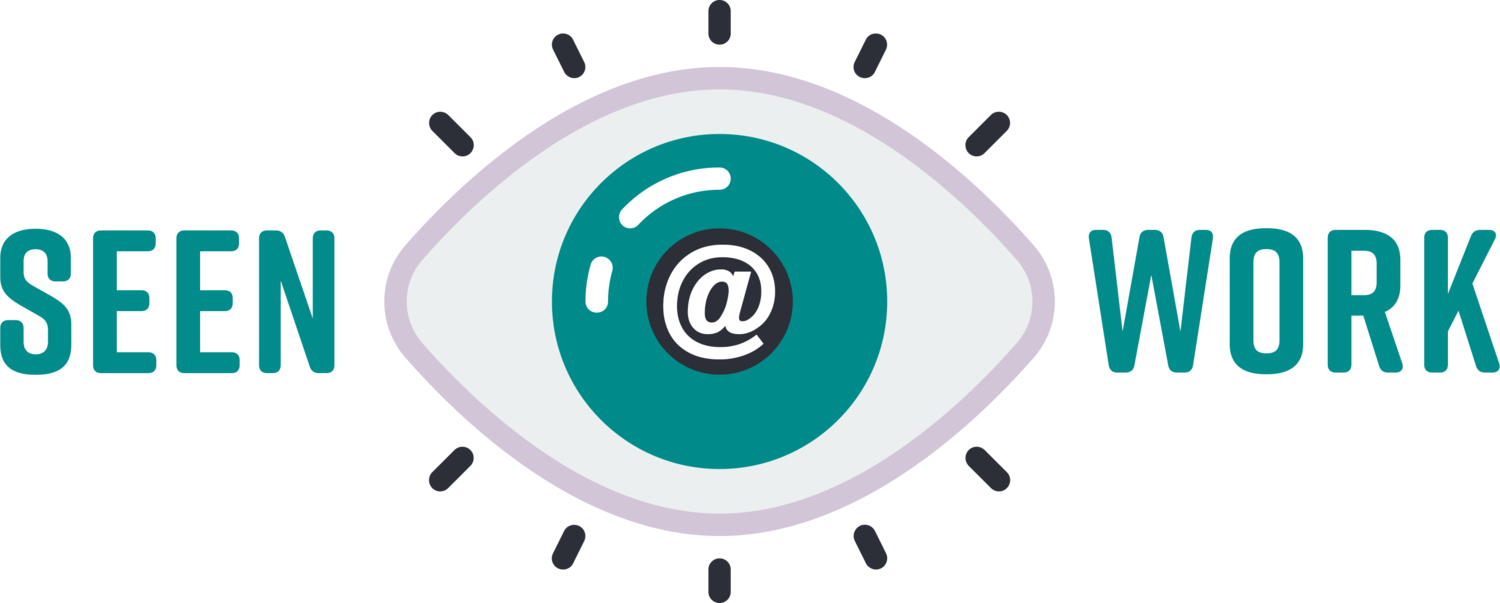Why is Your Retention of Women of Color so Low?
2021 marked a new phenomenon in the US workforce – The Great Resignation.
The ‘Great Resignation’ accounts for the masses of employees leaving their current workplaces and moving to organizations where they feel more valued. For some employees, the push to find a more welcoming and fulfilling workplace may feel more urgent than for others.
In fact, a McKinsey report states that 42% of women report higher rates of burn out, compared to 35% for men. Furthermore, the same research points to the greater impact of the circumstances on women of color, who reported a greater inclination to leave their current employer within the next 6 month compared to their white counterparts.
Research on the topic points to the disparities between Diversity, Equity and Inclusion (DEI) initiatives that companies are investing in and the actual impact in the lives of employees. A number of initiatives undertaken by organizations while well-intentioned, tend to leave intersectionality out of consideration.
Intersectionality is a concept referring to multiple aspects of a person’s identity and how they play into the societal expectations and experiences faced by individuals. As such, DEI initiatives are targeted towards broader swathes of identities – based on race or gender, for example, but not necessarily towards a combination of those identities. This is one of the primary drivers of how Black, Indigenous, Latinx, and/or AAPI (BIPOC) women end up receiving inadequate support to thrive within their workplaces.
What is happening?
Research since 2016 has been pointing towards worrying trends for BIPOC women. On average, women get promoted at lower rates than their male counterparts, which gets further exacerbated for women of color. McKinsey found that from entry-level to the C-Suite, representation of women of color drops off by more than 75%, resulting in only 4% of top company positions being held by BIPOC women.
“From entry-level to the C-Suite, representation of women of color drops off by more than 75%, resulting in only 4% of top company positions being held by BIPOC women.”
Seen@Work Has Training Solutions to Help You Build an Inclusive Culture.
Schedule a Consultation today.
Women of color must also endure overt and unintentional instances of bias and discrimination for at least two aspects of their identity. A report by WHO reported that 58% of Black women feel “highly on guard” in the workplace, signifying higher emotional tax.
Higher instances of emotional tax and an increased sense of feeling “on guard” manifests in tangible and intangible ways, including lower sense psychological safety, disrupted sleeping patterns and higher levels of stress.
Looking specifically at Black women, there are numerous other factors which stand as obstacles in the way, including that:
White men have 3 times and white women have 2 times the access to senior leadership than Black women
Only 19 percent of Black women report access to mentorship or sponsorship opportunities, compared to 27 percent for white women and 31 percent for white men
Only a quarter of Black women state that their manager has supported them navigate workplace politics, compared to 39 percent and 41 percent for white women and men respectively
In response to insufficient support in the workplace, many women of color are turning to alternative forms of employment. In fact, Black women are one of the fastest growing group of entrepreneurs , growing by more than 600% between 1997 and 2007.
What can companies do?
BIPOC women deserve more from our workplace diversity, equity, and inclusion efforts. Thankfully, there are actions organizations can take to provide women of color the opportunities and support they need to thrive:
Be intentional about how data reflecting employee experiences are segmented and analyzed. Increasing the granularity of the how employee groups are categorized, from broad segments such as race and gender to ones which reflect the intersectionality of various identities will help organizations craft effective interventions.
Identify where DEI initiatives fall short for women, and in particular women of color, by analyzing your employee experience pipeline, from onboarding to performance reviews to promotions, to determine where specific employee populations may be experiencing roadblocks in your organization.
Provide leadership support to BIPOC women, which could include developing sponsorship and mentorship opportunities to promote increased access to company leadership.
Enable organizational change by engaging white and/or male employees as allies. Workplace allies to BIPOC women can act as change agents and create an environment where women of color feel more supported, accepted, and feel that they belong.
Offer benefits that matter to BIPOC women. By proactively collecting and aggregating feedback from a variety of employee identity groups, companies can identify potential benefits or other changes that will be most beneficial to specific employee demographics, including BIPOC women.
Amplify the voices of women of color to help your employees break the ‘concrete ceiling’. Intentionally look to empower women and especially BIPOC women to give their work the due value and attention it deserves.
Build Community -
Retain and Engage Your Employees
Check out Seen@Work’s signature Circle Program.
Schedule a Consultation today.


